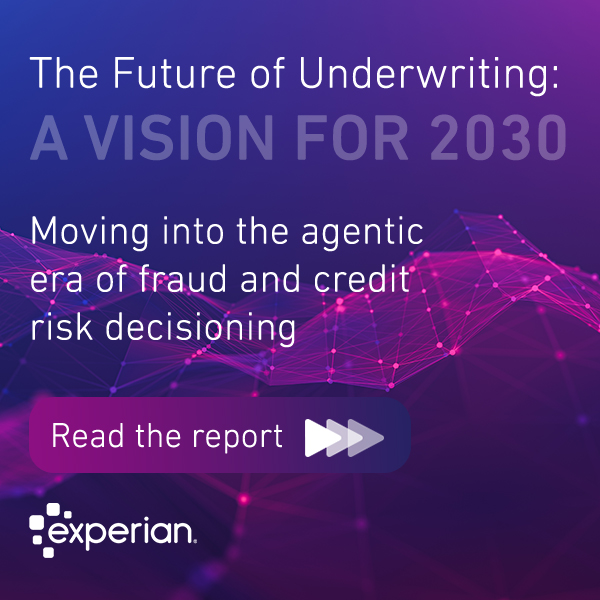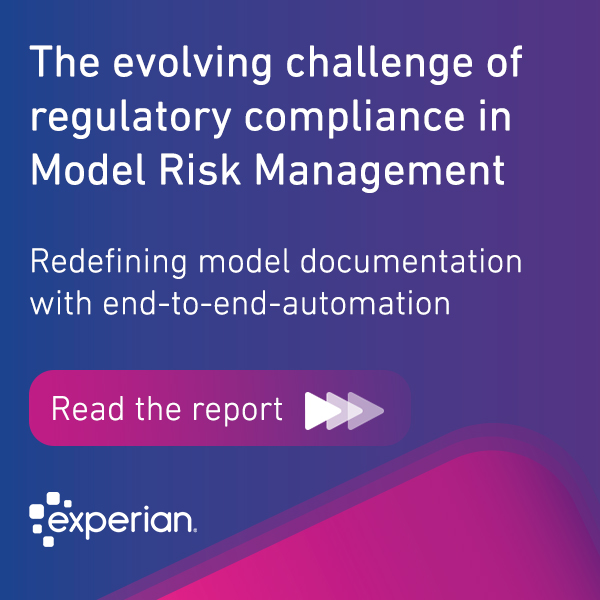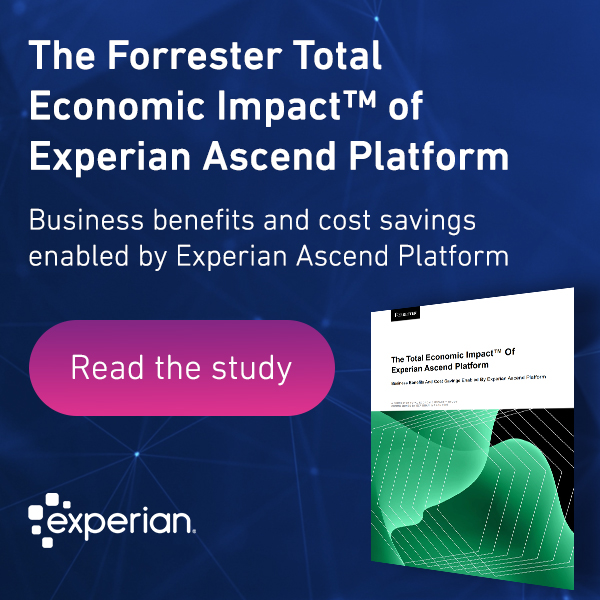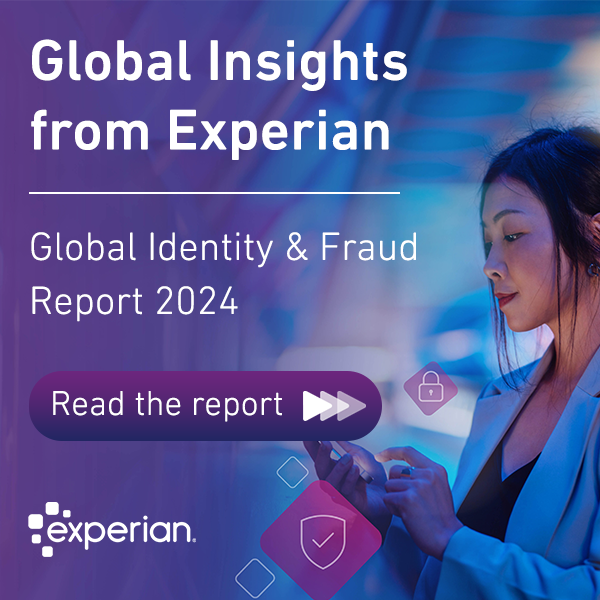Monthly Archives: June 2020

In this episode of the Insights in Action podcast we talk to Neil Stephenson, Vice President of Strategic Client Development, about how businesses can address a lack of data. Following an earlier episode tackling business data challenges, we discuss getting value from the data your organization already has access to, tackling legacy software issues, the accelerated shift to customer-centric technology stacks, and an increase in industry partnerships to solve common challenges. Nearly a third of senior business leaders say they don't have enough data to get insights they need, or that the quality of the data they have access to is poor. We take a look at the three steps businesses need to take to address this challenge, starting with the quality of data already in the business. "We see a number of organizations that have pretty powerful data within their own business but don't leverage it as well as they could, so matching data together and making sure they've got a really strong view of their customer across all of their systems is really essential, and then having processes ongoing to make sure that they maintain that view whenever they touch the customer, whether that be through an online channel or face to face." Neil Stephenson, VP, Strategic Client Development Listen to the full episode here, and look back at the previous in the series, Solving key business data challenges - with Bill O'Connell, Experian Global Decision Analytics

The first of a two-part series on our Insights in Action podcast, Nick Maynard, Juniper Research, and David Britton, our VP of Industry Solutions for Global Decision Analytics, discuss the latest developments around online payment fraud, and what the implications look like for consumers and businesses. Following the publication of the latest report on online payment fraud from Juniper Research, this episode takes a closer look at how the mobile revolution has created both opportunities and risks when it comes to online payment. "We're seeing a massive digitalization of existing payment methods and retail, which is being driven for a number of reasons. Convenience is a massive driver, and mobile wallets in particular offer a very convenient solution for payments, and they're being used very widely around the world. Other drivers include the ongoing Coronavirus pandemic, which is having a role in driving the increased usage of the online channel."Nick Maynard, Juniper Research Topics covered in part 1 include: The online payment revolution has been led by mobile, with half of the world’s population estimated to use mobile wallets in the next four years. How this transformation is shaping the new online payment experience. Covid-19 has pushed organizations to prioritize their digital transformation. We look at what the implications will be as a result of the rush to digital. With higher convenience, normally comes a higher risk of fraud – what we can expect to see as a part of this shift to mobile. What businesses can do in the short term to mitigate those rising types of fraud, and what their key operational and strategic considerations should be for the future. Listen to the full podcast here, and look out for what’s new in online payment fraud Part 2: How AI and evolving regulation are driving change

In a recent piece for the Forbes Technology Council, Businesses Need to Modernize Their Approach For Delivering Digital Experiences, I shared how the current rapidly changing environment has greatly accelerated the shift from offline to digital interactions. As businesses experience a need for heightened governance and controls, they must look towards technologies such as artificial intelligence (AI) and machine learning, coupled with access to data in real-time, to move forward. According to the report Experian commissioned Forrester Consulting to conduct, 53% of businesses struggle to make consistent customer decisions. Additionally, only 29% of businesses believe they do a good job of connecting analytics to action. When applying AI and machine learning to customer experiences, there are some concerns that businesses must keep in mind. The first is legal implications and privacy protections, which must always be a priority. The second is to combine analytics models with real-time decisions so that predictions can be harnessed and put into action in real-time. As more and more businesses shift to fully digital experiences, they must learn how to apply their vast amounts of data to models that can help inform the newly remote customer experience. If interested in the topic of businesses’ modernized approach to digital experiences, you can find the full article here.

Recently we commissioned Forrester Research to look into senior executives’ perceptions on key business data challenges and the importance of achieving a holistic view of their customers. This research uncovered that nearly a third of business leaders worldwide say they don't have enough data to get the insights they need or that the quality of the data they have access to is poor. While getting the type, quality, and amount of data right is paramount to success in your endeavors to create actionable insights that take your business to the next level, data alone is not enough. To get value from data, there's a whole ecosystem that needs to be in place that enables the business to create, manage and maintain a holistic view of the customer, create analytically driven insights into those customers, and deploy them into production environments that drive optimal customer actions and journeys. Organizations also have the opportunity to explore new data assets from traditional sources or those dynamically created in a myriad of places across mobile devices and the Internet of Things. There must be systems and procedures in place to continuously improve and assess these new data sources, by bringing them into analytical processes where insights are derived and predictive models generated. The critical task is then to seamlessly ingest and embed the data and models into production environments in a robust and compliant way. And that's got to be a continuous process. Otherwise, businesses will stagnate, and they will lose out to those competitors who are actively doing this. Addressing the lack of data your business needs to get actionable insights: Three practical steps Prior to even considering external or additional data sources, you need to get a solid understanding of the data you currently have access to within your organization, what value those data sets bring in and what are the gaps to be filled. You should also review your internal processes and technology stack to understand if further IT investment is required to create a more effective ecosystem. With the right tools and processes, you must be able to easily assess the uplift of new data sources in your analytics environment, as well as ingest those new data sources into production environments, to drive new models, run segmentation rules, and execute customer-centric actions. What are the three steps you need to take to get enough data to gain business insight you can take action on? Look at the quality of your internal data. We see a number of organizations that have powerful data in their own business but don't leverage it as well as they could. So matching data together, making sure that they've got a really, really strong view of that customer across all of their systems is really essential. And then having processes ongoing to make sure that they maintain that view whenever they touch the customer, whether it's through an online channel or face-to-face, so that they always know who that customer is, and they can match them to their existing relationship profile. Getting your internal data process correct is a foundational element to this whole piece. Understanding the value and role of new data. In terms of new data, it’s about understanding if that new data can actually add value to the business rather than plugging it into core systems straight away. You need to work with the vendor or the source of that data to get hold of a dataset, match it to your customers, and run analytical processes to identify whether the data adds value. If it does, consider what models or segmentations could you create from that data that'll actually drive value in the business.Identify the software and architectures you have in place that allow you to connect to data and drive that data into a tool that can dynamically apply models and rules in a heavily regulated environment. With the right toolset forming the bridge between your off-line analytics environment and your on-line production environment, you can leverage predictive data to continuously improve your customer-centric decisoning across the lifecycle for all of your portfolios.

In this episode of Insights in Action, David Britton, Vice President of Global Identity & Fraud Solutions, discusses how the Covid-19 pandemic has prompted a massive shift to online for both consumers and businesses, and examines what implications have emerged across the online fraud landscape because of this. "As with any moment like Covid-19, fraudsters are very quick to pick up on possible areas of vulnerability that they can exploit in the market and in the ecosystem. And fraudsters always like to go where the weakest point is in the ecosystem or the weakest link in the chain. So fraudsters are absolutely taking advantage of this."David Britton Phishing is on the rise - fraudsters are impersonating key institutions and their communication channels to manipulate consumers Account takeover fraud - fraudsters are hiding in the traffic peak, posing as consumers using their credentials How businesses can counter the trend: Keeping online fraud at baySecuring our digital identitiesEnsuring a secure, transparent and meaningful treatment of data "The first thing to do is to ensure businesses are pulling together soft signals to define a better risk strategy and authentication strategy because then you can immediately identify if there's an anomolous actor that's trying to impersonate that 'known' good customer."David Britton Listen to this episode of the Insights in Action podcast

The opportunistic nature of hackers means that a global crisis can create the perfect breeding ground for fraudulent activity, meaning businesses and consumers need to be even more vigilant. View Infographic

There’s a digital payments revolution, and mobile is leading the charge. But at what cost does convenience come? Juniper Research’s latest online payment fraud report explores key issues around increased cybercrime and what that means for businesses looking to invest in fraud prevention. View infographic

Digital interactions between businesses and consumers are on the rise. The ability to authenticate and recognize customers provides a convenient and secure experience. However, the latest Global ID & Fraud Report shows a significant disparity in perception between businesses and consumers when it comes to recognition. View Infographic




